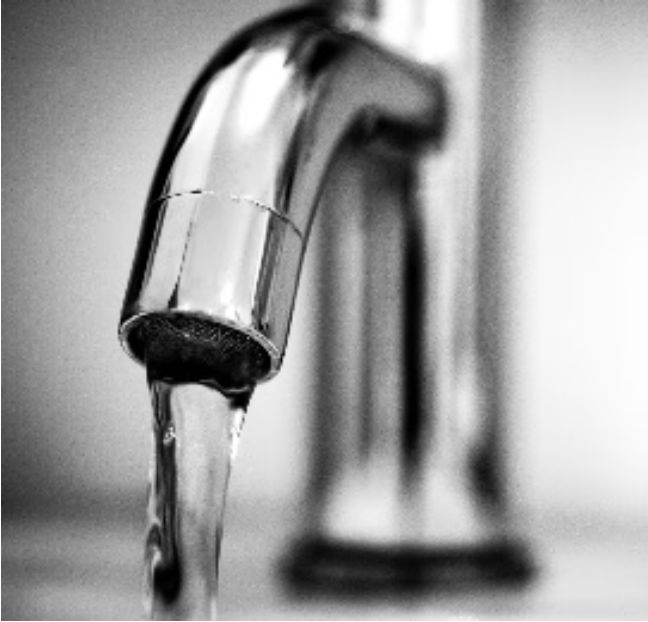
If a premises has any form of mains water supply, then the water fittings regulations in England, Wales and Northern Ireland, byelaws in Scotland, apply.
These legal requirements play an important role in protecting public health and safeguarding water supplies. Their purpose includes preventing the contamination and waste of water supplied by a water undertaker once it has entered a customer’s plumbing system.
If water is supplied for drinking, cooking, bathing or washing (domestic use) a drinking water tap must be installed.
It is recommended where possible drinking water taps should be supplied direct from mains i.e. not via any water fitting which stores, treats or filters the water. Where this is not feasible, they can be fed from a storage cistern or pumped, but wholesomeness must be maintained, meaning the water fittings used must not adversely affect water quality.
Regulation 3 England & Wales
Regulation 3 Northern Ireland
Byelaw 3 Scotland
Regulation 4 England & Wales
Regulation 4 Northern Ireland
Byelaw 4 Scotland
Regulation 5 England & Wales
Regulation 5 Northern Ireland
Byelaw 5 Scotland
Schedule 2 paragraph 2
Schedule 2 paragraph 3
Schedule 2 paragraph 4
Schedule 2 paragraph 5
Schedule 2 paragraph 7
Schedule 2 paragraph 11
Schedule 2 paragraph 14
Schedule 2 paragraph 15
Schedule 2 paragraph 24
Regulation 5 England & Wales
Regulation 5 Northern Ireland
Byelaw 5 Scotland
Schedule 2 paragraph 2
Schedule 2 paragraph 3
Schedule 2 paragraph 4
Schedule 2 paragraph 7
Schedule 2 paragraph 11
Schedule 2 paragraph 14
Schedule 2 paragraph 15
We use cookies to give you the best possible experience with Water Regs UK. Some are essential to provide website functions and ensure the website is secure. We also use cookies to help us understand how people use the site and to make improvements. Click "Accept All" to enable recommended settings or click "Manage cookies" to adjust your settings. For more details, see our Cookie Policy.